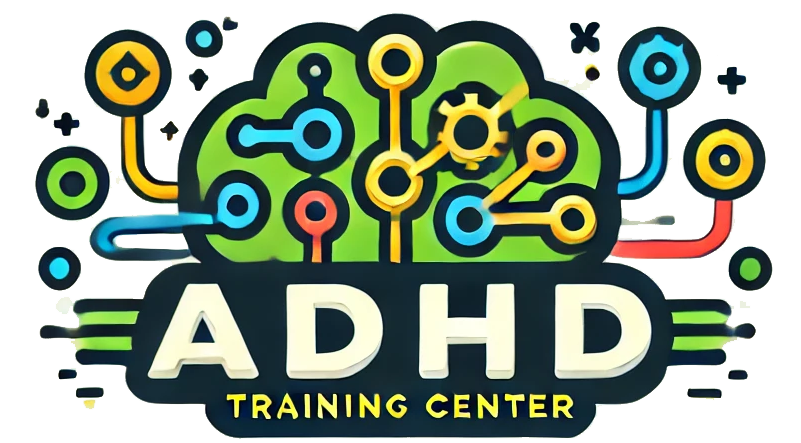Much of the focus on Attention-Deficit/Hyperactivity Disorder (ADHD) is on the attention and impulsivity issues. It is only recently when more and more parents and caregivers have started to learn about how ADHD can manifest, including not only bigger challenges like academic success, but also smaller, day to day interactions.
For example, we’ve spoken in the past about why individuals with ADHD prefer to watch the same movies over and over again, or why they may ask “silly” questions. These are only a few examples of many ways in which children with ADHD can present a bit differently than we’d expect from someone neurotypical.
Another example of this may be with facial recognition, particularly with celebrities and people they do not know well. You may notice a child or teen with ADHD say things like:
- “That looks exactly like Anna!”
- “Isn’t he the guy from that one movie?”
But the person they’re pointing towards may bear essentially no resemblance to the person they’re expecting it to be. The person that “looks exactly like Anna” may be someone that has only one or two small similarities, but an otherwise completely different face. Or the person “from the one movie” may not even look at all like the actual person in the movie.
To be clear, this is different from “face blindness,” a condition called prosopagnosia. Prosopagnosia is the *inability* to recognize faces. With facial blindness, a person does not have the ability to recognize people by their face alone, instead requiring queues like voice recognition to tell people apart. Prosopagnosia is a distinctive issue that typically represents a cognitive problem.
With ADHD, the issue is just trouble with recognition in a more general sense. They can recognize a person’s they’re seeing, but when the person is not especially important to them (like an actor), that’s when issues occur.
About Face Recognition and ADHD
Facial recognition is a complex cognitive function. It draws on multiple brain systems, including those responsible for visual processing, short- and long-term memory, social cognition, and attention. Most people process facial information automatically – recognizing a coworker in a different setting or remembering someone they met briefly days earlier.
But for someone with ADHD, it may be harder to either recall or recognize a face out of context or when that person is far away from them. They may remember a nose, or hair, or a general age, but not the details that make a person’s face.
The causes of this vary, but may be related to:
- Inattention to Visual Detail – Individuals with ADHD may not naturally focus on or encode the visual details of a person’s face unless the situation demands it, which can affect how well those features are stored in memory. In the case of actors/actresses and acquaintances, less attention may be paid to the details of the face, causing two people to look similar.
- Working Memory Limitations – Working memory is often impaired in ADHD. This can make it harder to hold onto and retrieve recent visual information, such as someone’s facial features from a brief encounter or from a short time on screen.
- Context-Dependent Recall – ADHD often affects context-based processing, meaning a person might recognize someone easily in one setting (e.g., at work) but fail to recognize the same person in a different environment (e.g., a grocery store). Many people struggle with this type of recall, so it’s not unique to ADHD, but potentially a contributing factor to this type of issue.
- Social Attention Shifts – ADHD can contribute to difficulties with sustained attention during conversation, including visual attention. This may result in missed facial cues or limited encoding of someone’s physical appearance.
- Executive Functioning and Categorization – Executive processing may influence how we group and categorize facial characteristics. If this process is inefficient, some individuals may have more difficulty distinguishing or recalling similar faces.
Research on facial recognition specifically in ADHD populations is still limited, but the findings to date suggest that while ADHD is not typically associated with structural abnormalities in the brain areas responsible for face perception, there may still be indirect pathways through which ADHD symptoms affect facial recognition performance.
Getting to Know Possible Quirks or Behaviors
The idea that your child may not recognize an actor, or may see two people that look nothing alike as looking “similar” may not seem like it has much importance.
But, then again, our interactions with our child can be affected by those very quirks. For example, a parent unaware that this is ADHD may poke fun at their child for their poor recognition skills. Or a peer may be upset when they’re compared to someone they look nothing alike, causing social challenges.
The more we understand about young people and how their ADHD manifests, the more we can make sure that we’re addressing what they need early and often, and making sure that we as parents and caregivers are not accidentally contributing to anxiety, depression, and other issues.


